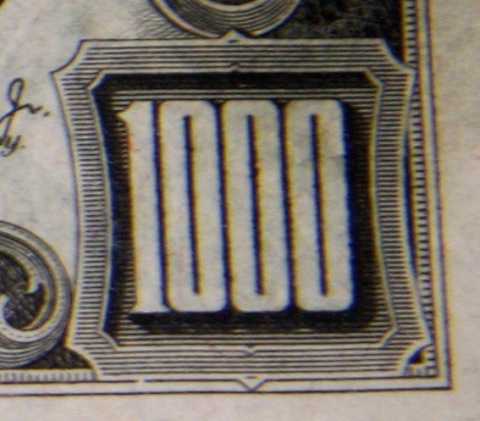Today I'm mastering my 1,000th album. It's a project that was recorded at Cristobal studios, owned by my friend Chris Kipp. Having a lot of fun and excited about the future.
Blue Book is the name given to the Enhanced Music CD or CD-Plus (a dual session yellow/red books) format. Its name comes from the series of books, also called the 'Rainbow Books' that define all compact disc formats. The first session on the disc is a red book session and can be played on any CD player. The second session is a yellowbook session. This can be any data readable by a computer. There is almost no limit to what you can add to you audio CD release.
Yellow Book is the name given to the data compact disc (a common CD-ROM) format. Its name comes from the series of books, also called the 'Rainbow Books' that define all compact disc formats. It was developed by the creator of the compact disc, Sony/Phillips, and is now one of the most common CD formats.
The music industry is changing fast. Quickly, the independent artist is gaining ground in the music industry. This February, an independent artist won a Grammy for "Album of the Year." Actually, it is the second year in a row that an independent artist has won this most prestigious award. Thirty "Best Album" awards in various categories were awarded to independent artists. Of the 109 awards given that day, forty-three went to independent artists. Also, inde
Many clients ask me about what to do after mastering. I don't really have a very technical understanding of the nuts and bolts behind publishing and distribution, so I just send them to our local reputable CD manufacturing broker. At Terra Nova, we recommend Matt Eskey with Any and All Media. He has done a great job on every project I've sent to him and will continue to recommend Matt without reservation. While I
The National Academy of Recording Arts and Sciences (NARAS), more widely know as the Recording Academy, is an organization of creative and technical music creators dedicated to 'improving the quality of life and cultural condition for music and its makers.' Also, they award the prestigious Grammy award to deserving artists every year near the end of January. The membership votes on who wins the award each year, so the award is peer awarded. This last year, almost half of the
There are several resources online that list album credits. They populate their databases right off of the album artwork that is submitted. Generally, they do not accept changes or anything that is not physically printed on the artwork of the album. The two main places I've found online are allmusic.com and albumcredits.com. Established in 1991, the All Music
Pagination
- Previous page
- Page 14
- Next page

